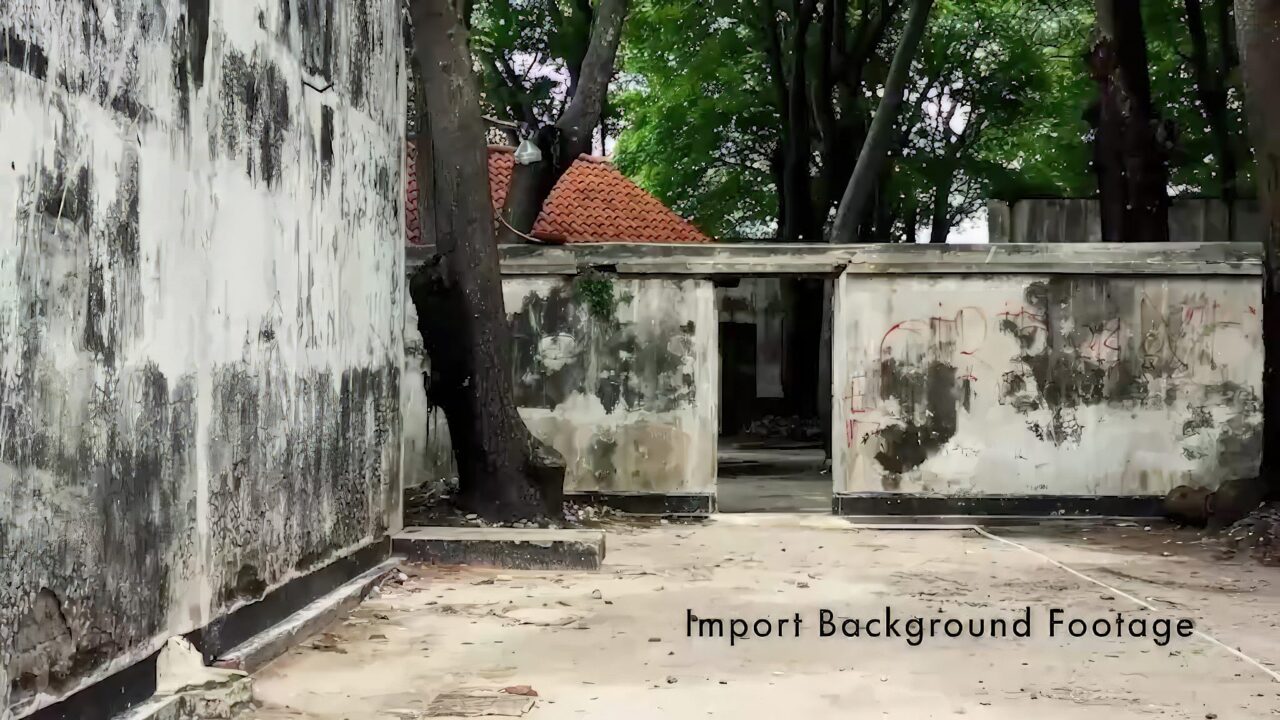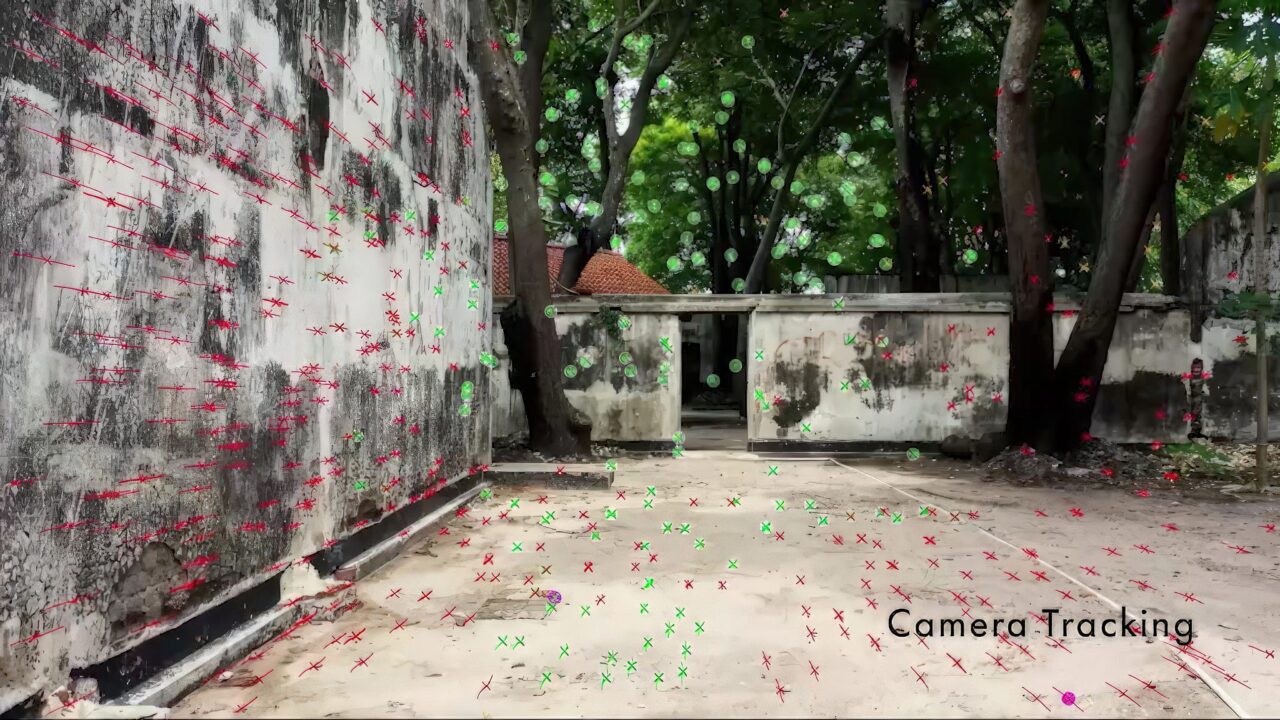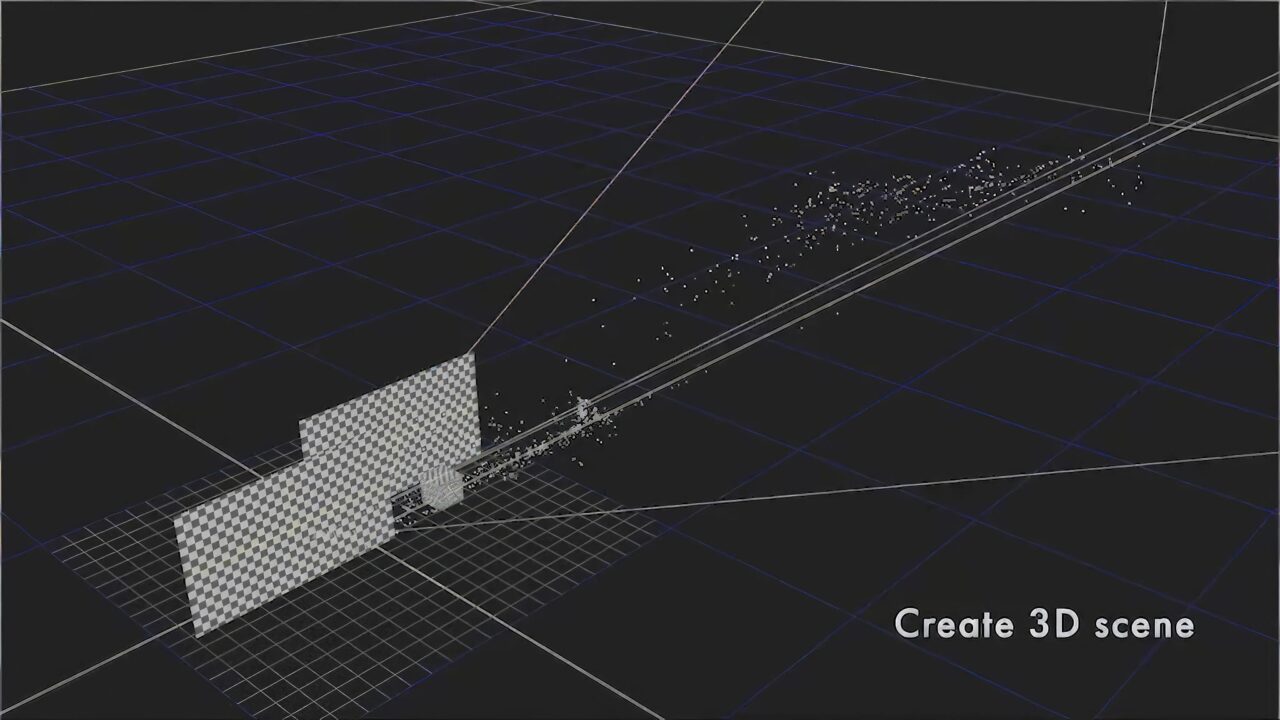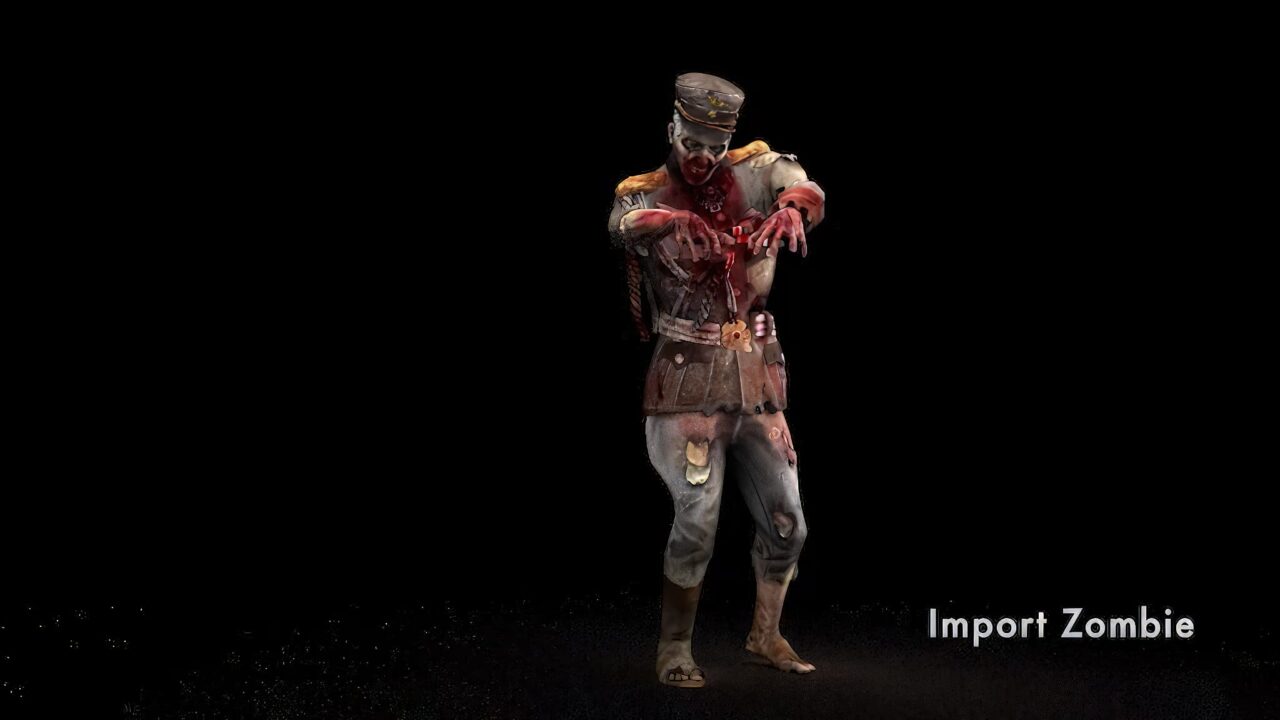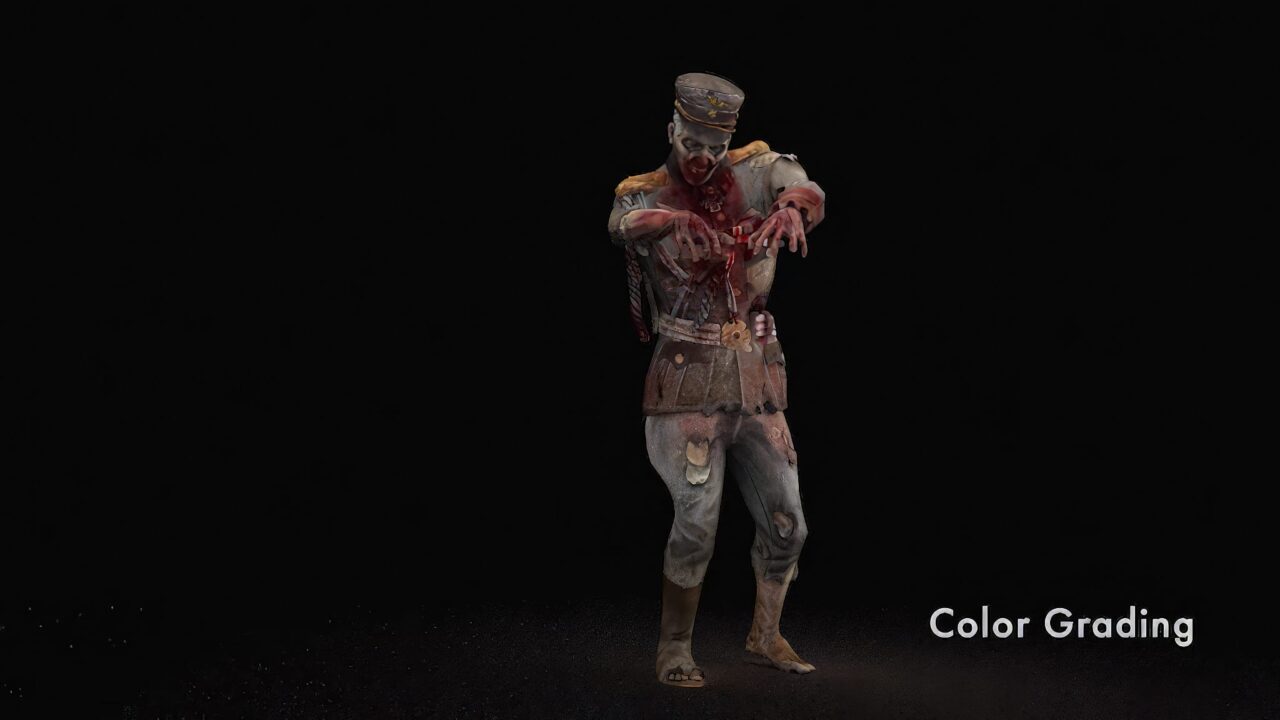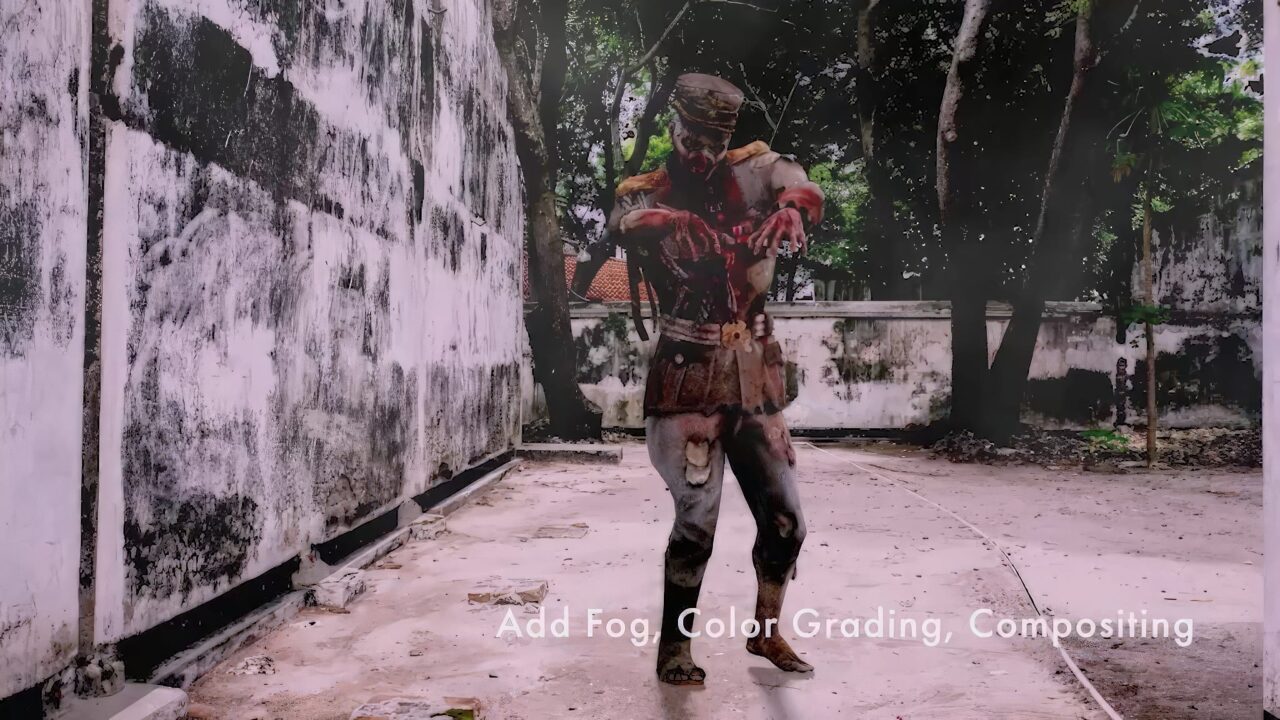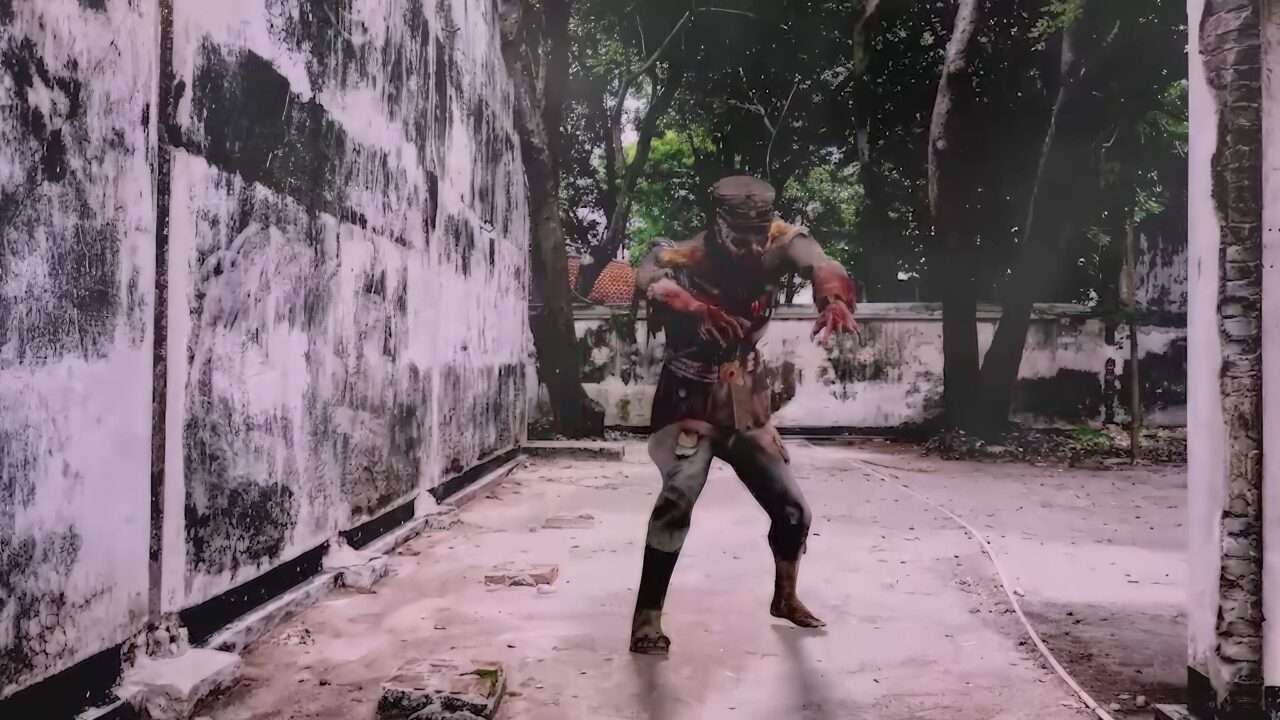As a 3D VFX and Digital Composition artist, I have always been fascinated by the horror genre. There is something about the undead that captures the imagination, and I wanted to bring that to life through my work. So when I was given the opportunity to work on a short film called “Zombie Village,” I jumped at the chance. The film tells the story of a small town overrun by zombies, and my job was to create the visual effects that would bring these creatures to life.
Creating the visual effects for “Zombie Village” was a challenging but rewarding experience. I was able to use my skills in camera tracking, 3D modeling, and digital compositing to create a world where the undead roamed freely. In this article, I will give you a breakdown of the key features and improvements that I used to bring this project to life.
Import Background Footage
The first step in creating the world of “Zombie Village” was to import the background footage. This was essential in creating a realistic environment for the zombies to inhabit. The footage was shot on location in a small town, and I was able to use the real-world elements to my advantage. By carefully matching the camera angles and lighting, I was able to seamlessly integrate the 3D elements into the live-action footage.
Camera Tracking
Camera tracking is an essential part of any VFX project, and “Zombie Village” was no exception. I used advanced camera tracking software to match the movement of the virtual camera with the real-world footage. This allowed me to create a seamless integration between the live-action footage and the 3D elements.
Create 3D Scene
The next step was to create the 3D scene. This involved modeling the buildings, streets, and other elements of the town. I used reference photos and blueprints to ensure that the models were accurate and realistic. I also had to create a variety of props, such as vehicles and street signs, to populate the world.
Import Zombie
Once the world was created, it was time to import the zombies. I used a combination of motion capture and keyframe animation to bring the undead to life. Each zombie was unique, with its own movement and behavior. I also had to create different stages of decay for the zombies, from fresh and bloody to old and rotted.
Color Grading
Color grading was an important part of the project, as it helped to create the mood and atmosphere of the film. I used a combination of color correction and grading to achieve the desired look. This involved adjusting the brightness, contrast, and saturation of the footage to create a more cinematic look.
Add Fog, Color Grading, Compositing
Finally, I added fog and other atmospheric elements to the scene to create a sense of dread and foreboding. This involved creating a variety of particle effects, such as smoke and dust, to add to the atmosphere. I also used digital compositing to combine the live-action footage with the 3D elements.
